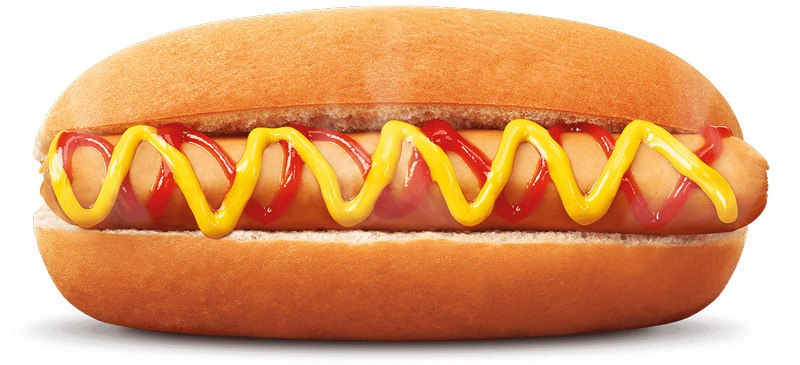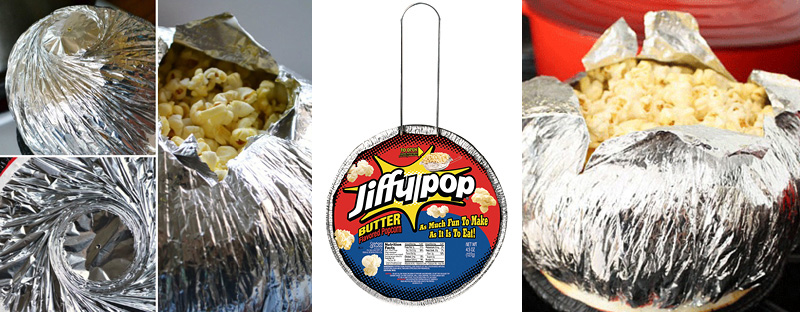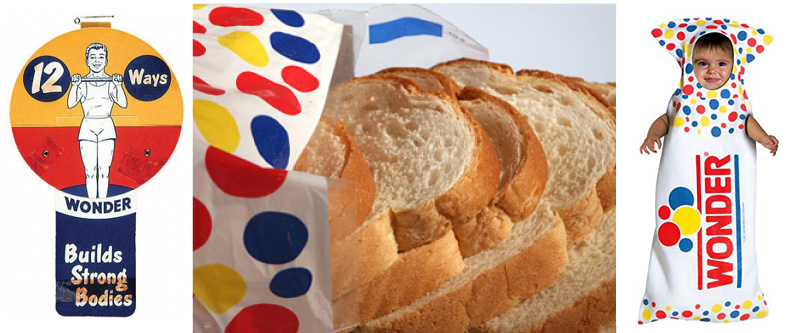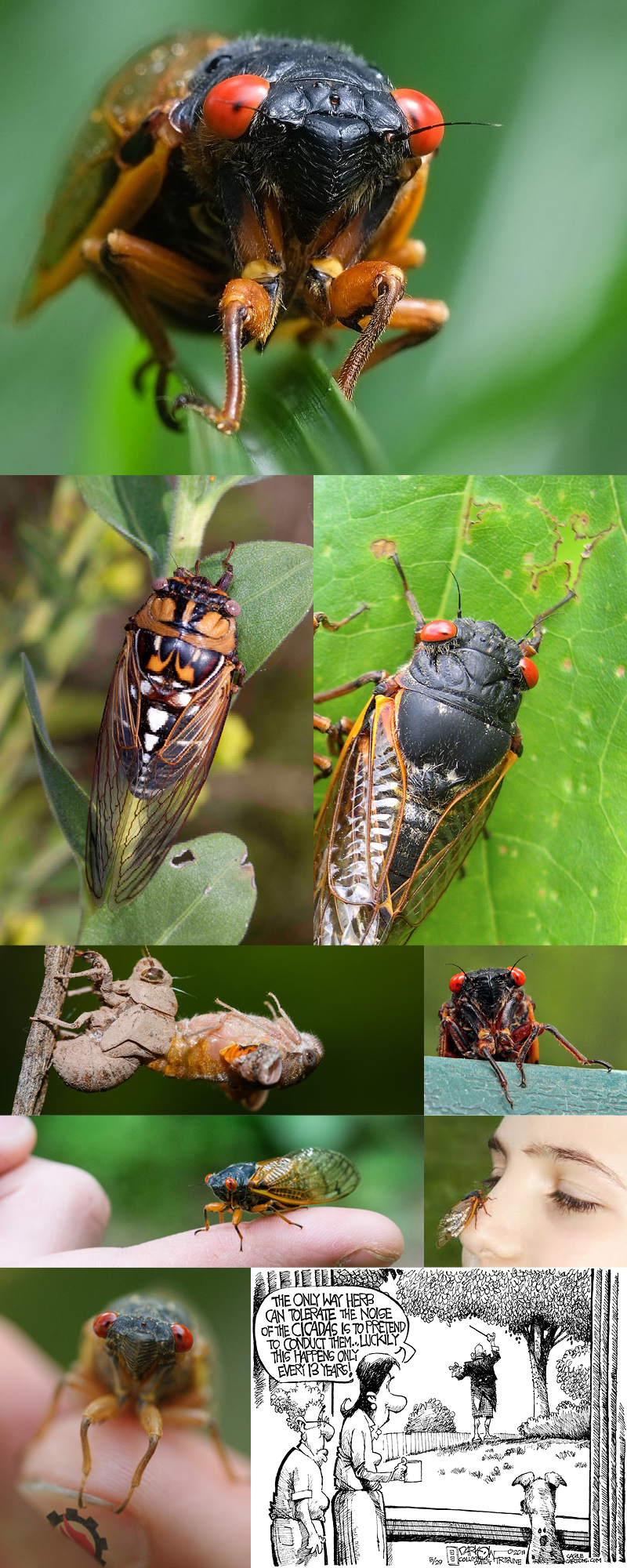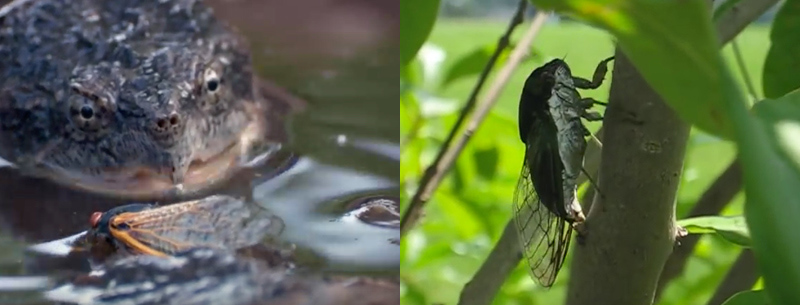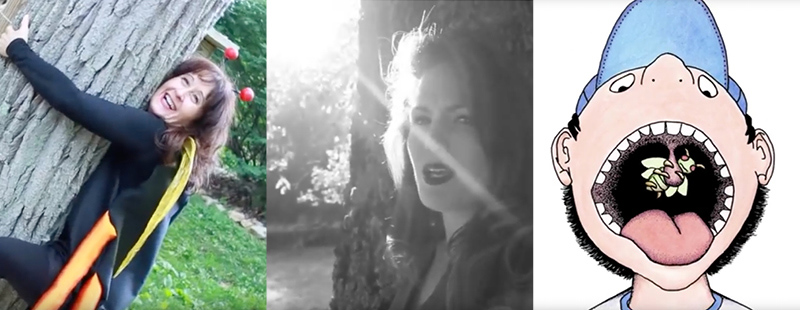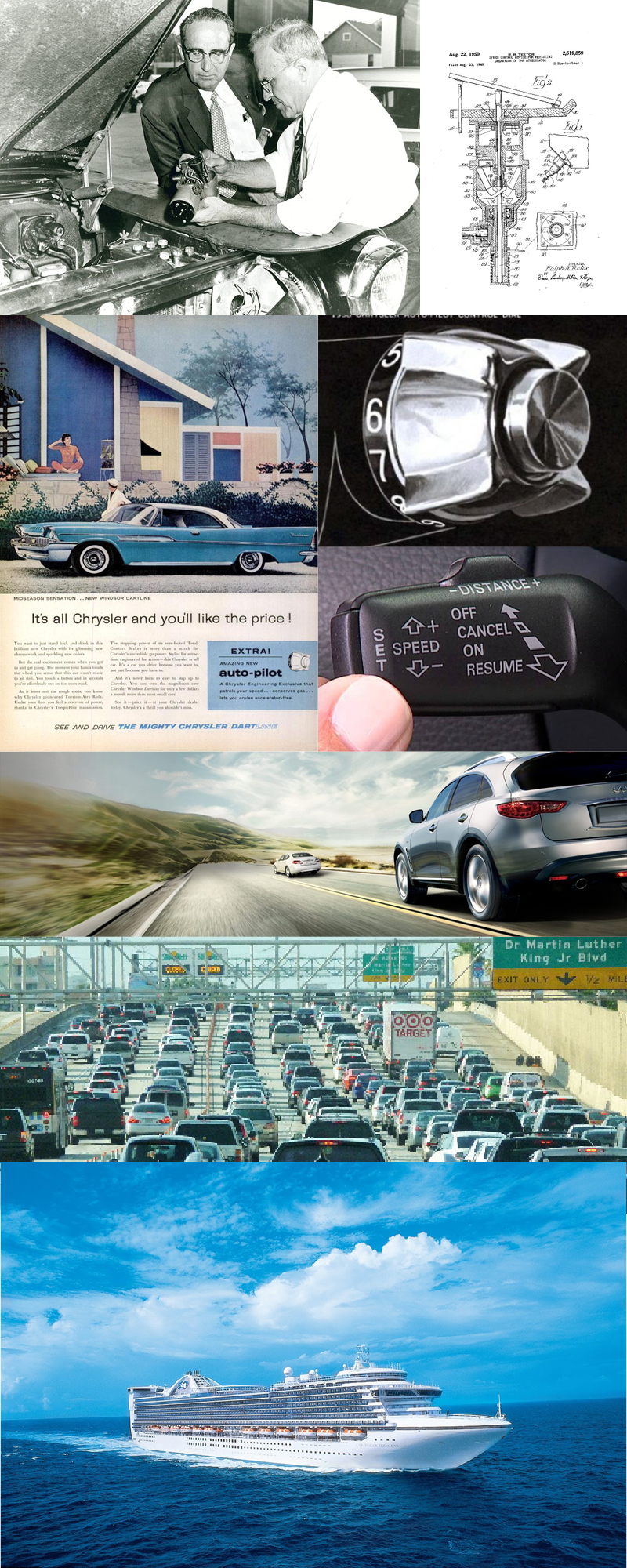A Foraging We Will Go
 Fungi. Beautiful fungi. Search them out in the woods or in the grocery store and make some incredible dishes. A few starter recipes below.
Fungi. Beautiful fungi. Search them out in the woods or in the grocery store and make some incredible dishes. A few starter recipes below.
The other day I was out for one of my morning runs and was taken by the soft breath of Fall – quiet, dew covered grounds, leaves slowly changing, animals foraging for food and the colors of summer hanging on. As I passed a favorite turn, a deer ran by and then stopped in the woods. I stopped as well, and we had a stare off (remember those in grade school – I did my best, but the deer won!). All around the deer I noticed a huge patch of brightly colored mushrooms glistening on the forest floor. Of course, when I got back to the office, I just had to google fall mushrooms, and wow, a great article came up from Mother Earth News. Here are segments I thought you’d enjoy. My suggestion – lace up your boots and take a hike this weekend and take pictures of any of these amazing mushrooms you may find. I also included some fun recipes – can’t wait to try them. Thx Mother Earth News for the info.
Autumn is a time of change in the woodlands when the vivid green hues of summer fade into the auburn shades of fall as plant life in the great outdoors prepares for a long winter’s sleep.
During this period of transition, many who enjoy harvesting Mother Nature’s abundant vintages miss one of nature’s finest bounties — the fall mushrooms. Understanding the dos and don’ts of fall mushroom foraging is key to enjoying the rewards of harvesting the mushrooms.
The first and foremost rule when mushroom foraging is to get to know just a few species — and get to know them well. To achieve this, purchase a field guide to North American mushrooms. Most bookstores stock one or can quickly order it. Though local libraries typically stock several, buying your own copy is a wise investment. Pocket-size editions with color photos are easily carried and help assure positive identification. A quality guide should contain the following species subheadings: description, edibility, season, habitat, range and look-alikes.
Fall mushrooms have many different flavors and textures. The majority of edible varieties have nicknames that mimic their characteristics, much like the spring morel, which is dubbed the “sponge” mushroom. Its colors can blend with the drab shades of dead bark or stand out like the colors of Christmas. Harvesting mushrooms for the dinner table while hiking the woodlands enhances the appreciation of forest ecology. See how many you can find:

Pear-Shaped and Giant Puffball (Puffball Family)
Puffball mushrooms are among the most recognizable of fall fungi. They are round in appearance and range in size from the pear-shaped puffball (Lycoperdon pyriforme), of approximately one inch, to the giant puffball (Calvatia gigantea), which may reach diameters larger than a basketball. Most are rated “choice” for eating. The few that are not won’t affect your health and can easily be distinguished by their rank odor. The fruiting body of a puffball grows directly from its root system. If you find one with a stalk or stem, discard it; it’s not a puffball and may very well be an unsuitable look-alike, again characterized by a rank odor.
Members of the puffball family grow from July through November in most North American softwood and hardwood forests. Their outer coloration is typically white to olive brown, and should always be white inside for use at the dinner table. As puffballs age, their centers turn yellowish-brown and eventually dry, producing spores (microscopic seeds). A single giant puffball produces up to 7 trillion spores. To understand how the puffball got its name, step on the dried shell after a puffball is spent, and watch it “puff” smoke — in the form of millions of dried spores. Pear-shaped puffballs grow in scattered-to-dense clusters on decaying logs and debris. The giants grow in open timber, pastured ground and even some urban areas. During prime conditions, giant puffballs decorate the forest like a woodland volleyball court.
RECIPE: To prepare a giant puffball, cut or peel the outer shell. For a pear-shaped puffball, just wash the outer core. Do not wash or soak the meat unless insects have laid first claim. The sweet smell and savory flavor of the puffball makes an excellent addition to a saute of onions, bell peppers and other favorite garden vegetables. The most popular method of preparation, however, is frying. Fry the pear-shaped puffball whole, but slice its big brother thin like a fish fillet. Coat with a chicken or fish batter before frying. Use your fresh puffballs promptly, though, as they can’t be feasibly canned, frozen or dried for long-term storage.

Hen of the Woods (Polypore Family)
Catch a glimpse of this fungi in the fall and you may easily mistake it for a hen pheasant or prairie chicken pruning its plumage. The hen of the woods (Grifola frondosa) has a grayish brown cap growing from a white stalk, which branches from a compound base. This handsome mushroom appears in wet Septembers through mild, moist Novembers. It can be found from Canada to Louisiana, throughout the Midwest and in coastal woodlands. Hunt for the hen near deciduous trees and stumps. They’re also known to grow around some coniferous trees. Hens often appear in the same location year after year. They blend well with fallen leaves, but their size gives them away. A single mushroom of this variety can reach 20 inches in diameter and weigh 100 pounds. Hunt them with a big bag, or take along a friend with a strong back.
RECIPE: The firm texture of the hen lends itself to a variety of cooking techniques. Slice it thin and roast it, cut into steaks or coat in a batter and fry. You can’t ruin it. Diced bits used in stir-fry recipes give chicken and bean sprouts a taste that captures the attention of even picky eaters. Unlike puffballs, minimal flavor is lost by canning or freezing.

Chicken Mushroom (Polypore Family)
In autumn, chicken mushrooms (Laetiporus sulphureus) decorate the stumps, trunks and logs of deciduous and coniferous trees in blazing orange-red or orange-yellow colors. Pay careful attention here, as the chicken mushroom bears a close resemblance to many nonedible types.
Be careful not to succumb to the addictive smell. It’s tempting to eat them raw — but don’t. Uncooked, this variety causes indigestion. Among veteran hunters, the chicken is one of the most prized mushrooms. The reasons are simple: It’s anything but plentiful, and when fried, a tasty chicken dinner is the finder’s reward. Mushroom hunters can search for these great-eating members of the polypore family from May through November. Although scarce, their range extends from Canada to Florida and into some coastal regions. If the humidity is right and daytime temperatures are moderate, the chicken may be nestled somewhere in your favorite fall haunt.

Fried-Chicken Mushroom (Tricholoma Family)
While similar in name to the chicken mushroom, the fried-chicken mushroom (Lyophyllum decastes) is very different. Its cap is gray- to yellow-brown with white gills and a stalk. Growths are typically found in dense clusters on the ground near decaying deciduous trees or in grassy areas throughout most of North America. Their numbers dominate June through October — and even later if the weather is mild. Edibility is rated “good, with caution.” The “with caution” part is meant to give respect to the poisonous sulfur tuft, a close look-alike. Novice hunters can’t tell these two apart until they smell the tuft’s flat odor or partake of its bitter tang. Digesting the tuft invokes mild to severe gastric distress, and in rare cases has caused death. The odds of death from mushroom poisoning are about as likely as being hit by lightning — but odds mean little if you’re the unlucky soul.
RECIPE: Quite a few people are quick to disagree with the fried chicken’s “good” rating. This author concurs that its flavor might better be described as “delicious.” After a thorough washing, tear these mushrooms along the gill lines into bite-size strips. Fry them like chicken or saute them for a spaghetti dish. They are also wonderful in casseroles.

Oyster Mushroom (Tricholoma Family)
Don’t head for the woods just yet, seafood mavens. “Oyster” (Pleurotus ostreatus) refers to the mushroom’s shape, not taste. The cap of the Oyster can be white, gray or brown. The gills are whitish or yellow-tinged and are usually attached to the wood of deciduous trees. Occasionally the oyster grows from a stublike stalk. It is widely dispersed throughout North America. Dry river and creek bottoms with willow or other softwood trees are prime places to search for the oyster fungi. This mushroom is prolific in the fall, but under favorable conditions can appear year-round. The hearty oysters that grow in mild winter weather and freeze before aging can even be chopped free from dead wood and thawed.
RECIPE: The oyster’s pleasant smell distinguishes it from nonedible look-alikes that either lack odor or smell like tree bark. Check aging oysters for white grubs; then wash and tear into smaller strips. Roll the damp pieces in a dry mixture of pancake batter and seasoning salt and fry in peanut oil.

Honey Mushroom (Tricholoma Family)
The honey mushroom (Armillariella mellea), also nicknamed “button mushroom,” has a one- to four-inch yellow-brown cap and stalk with a whitish ring directly under the cap. It’s similar in shape and taste to many commercially raised mushrooms. Like the spring morel, it’s hunted by many who believe dangerous look-alikes don’t exist. Unfortunately, the honey mushroom has more fearsome twins than Minnesota has — the Omphalotus olearius, Gymnopilus spectabilis and Galerina autmnalis are just a few. All have either a rank odor, nonwhite gill colors or other recognizable features pinpointed in field guides. Honey mushrooms appear in hardwood forests August through November: Logged-out timbers are the best places to find these delectable fungi by the bushel basket.
RECIPE: Honey mushrooms are exceptional when prepared using morel recipes. Their distinctive taste comes through best when deep-fried in egg-and-cracker batter or sauteed in butter.
_______________________________
Safety First
Follow this list of precautions and your mushrooming days will be memorable events:
- If on-the-spot identification of a harvested mushroom is not possible, separate it from the rest of your find. After the hunt, enlist the services of a resident expert or field guide to verify the edibility of the suspect fungi.
- Do not consume wild mushrooms raw. They are indigestible when uncooked.
- Soak and rinse your mushrooms thoroughly to remove any residue that may have drifted from agricultural spraying.
- It’s always best to have a veteran mushroomer inspect the find of a novice hunter before allowing preparation.
- If health problems follow the consumption of mushrooms, contact a doctor immediately. Don’t wait until complications set in.
- When hunting alone, tell someone when you’re going out and when you plan to return.
- Those susceptible to poison ivy, oak, or sumac should pay special attention to its presence and, if applicable, use preventive medication. Wear long pants, a long-sleeved shirt, and a hat to prevent scratched legs and discourage ticks.
- Don’t push your luck by walking through heavily wooded terrain after dark.
________________________________
Preserving Your Bounty
Fortunate hunters who find more mushrooms than can be eaten fresh or given away have three options for preserving the excess. Each has pros and cons. You be the judge.
- To freeze mushrooms, cut them into bite-size chunks and soak in water for a minimum of one hour. This will remove any insects from the meat. Rinse thoroughly and place the mushrooms in a Ziplock freezer bag, seal tightly and freeze. Though this is the most common practice for long-term storage, it causes appreciable loss of flavor and texture.
- Drying mushrooms (which is not possible with all varieties) first entails cutting them into large chunks and thoroughly rinsing them. Then sew the pieces together with string and allow to dry in an attic or other warm, dry area. Soaking the dried pieces in water will bring them back to a state of use. The texture is not as rigid as when fresh, but most of the flavor is restored.
- The least used is canning mushrooms, The U.S. Department of Agriculture suggests this method in their Home and Gardening Bulletin. To can mushrooms: Trim stems and the discolored parts of the mushrooms. Soak mushrooms in cold water for 10 minutes to remove adhering soil. Wash in clean water. Leave small mushrooms whole; cut larger ones in halves or quarters. Steam four minutes or beat gently for 15 minutes in a covered saucepan without added liquid. Pack hot mushrooms in glass jars, to within a half inch of the top. Add ¼ teaspoon salt to half-pints; ½ teaspoon to pints. For better color, add crystalline ascorbic acid: 1/16 teaspoon to half-pints; 1/8 teaspoon to pints. Add boiling-hot cooking liquid or boiling water to cover mushrooms, leaving a ½-inch space at the top of the jar. Adjust jar lids. Process in pressure canner at 10 pounds of pressure (240°F) for 30 minutes. Before use, check the seals to ensure a vacuum — and protection from bacterial growth. Canning makes a midwinter meal of mushrooms worth the added effort.





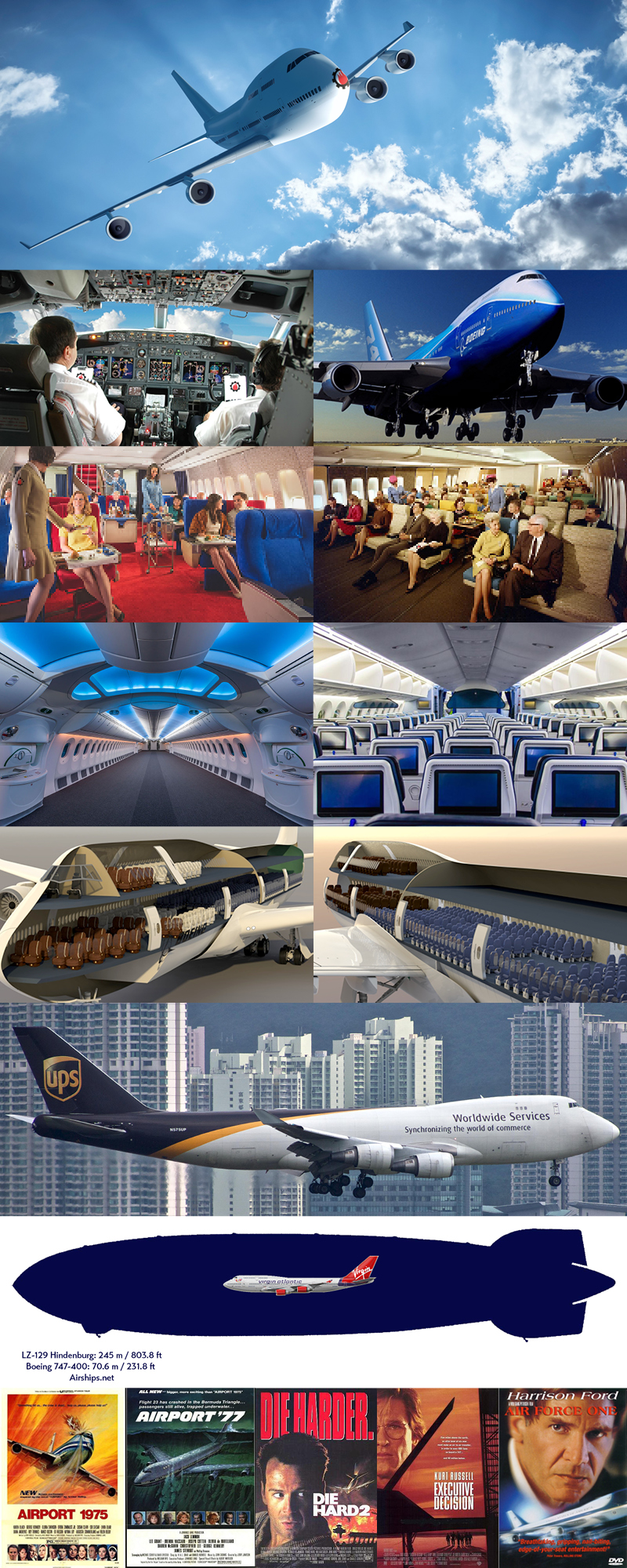

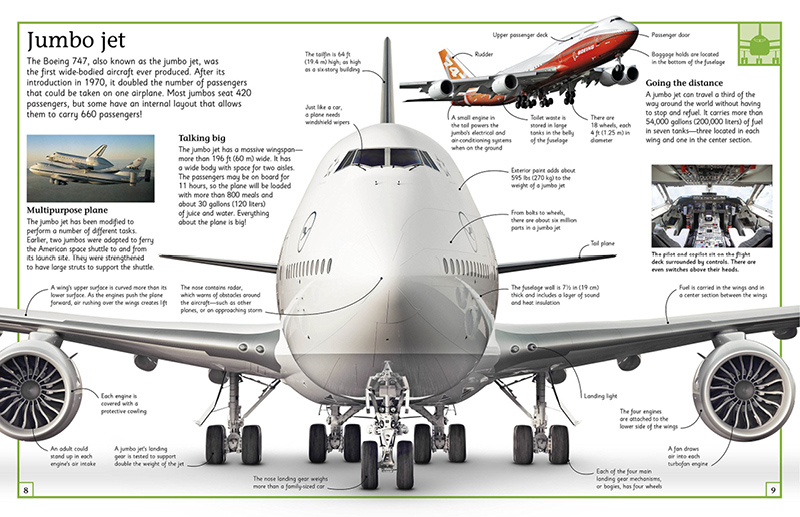
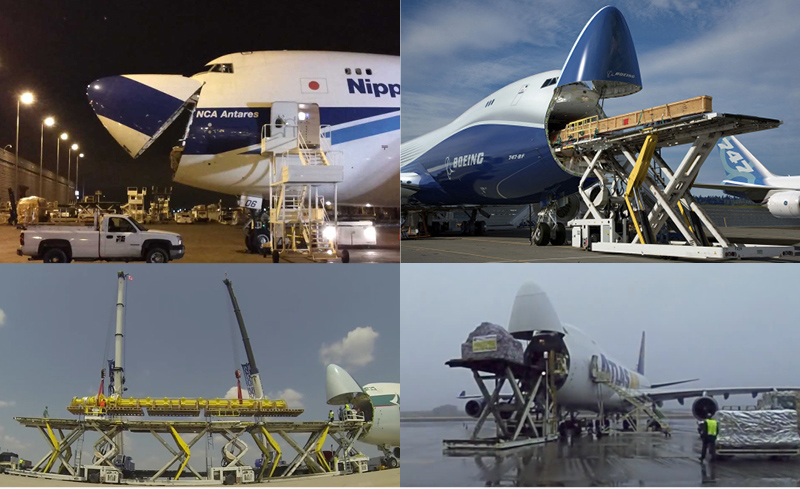
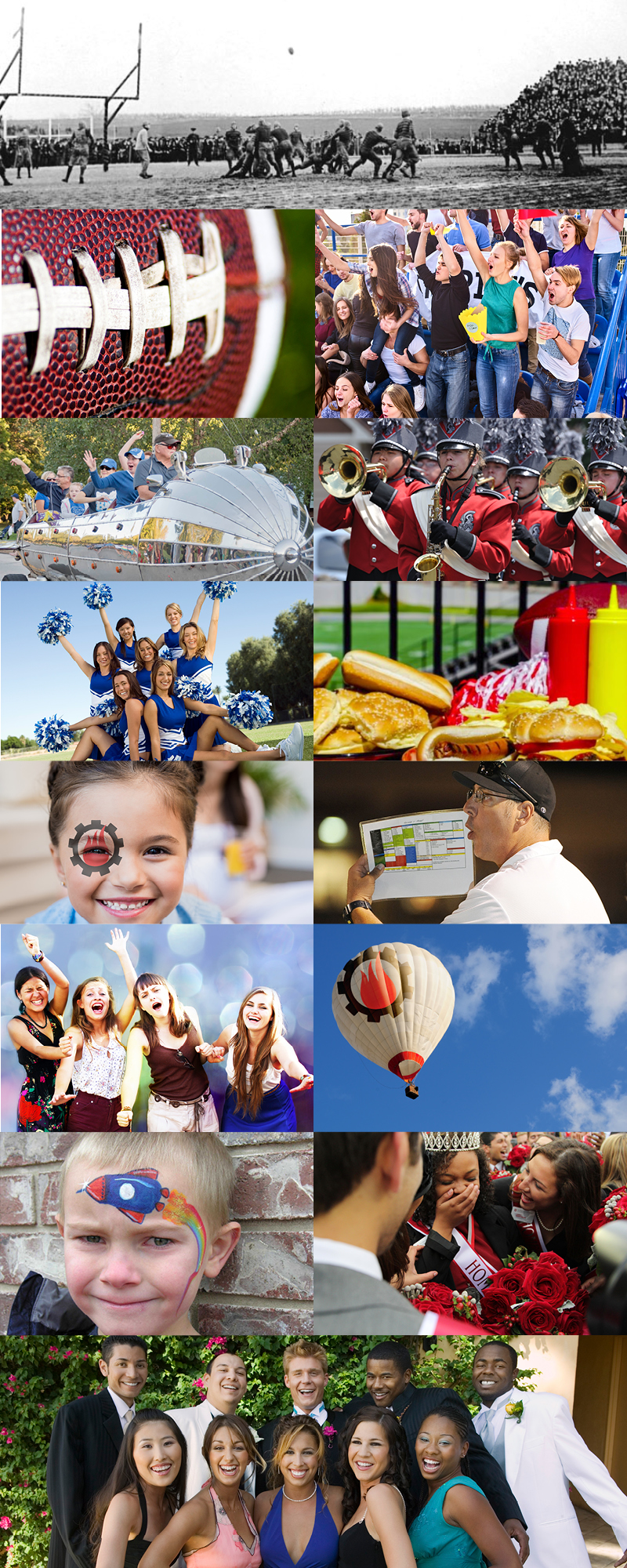
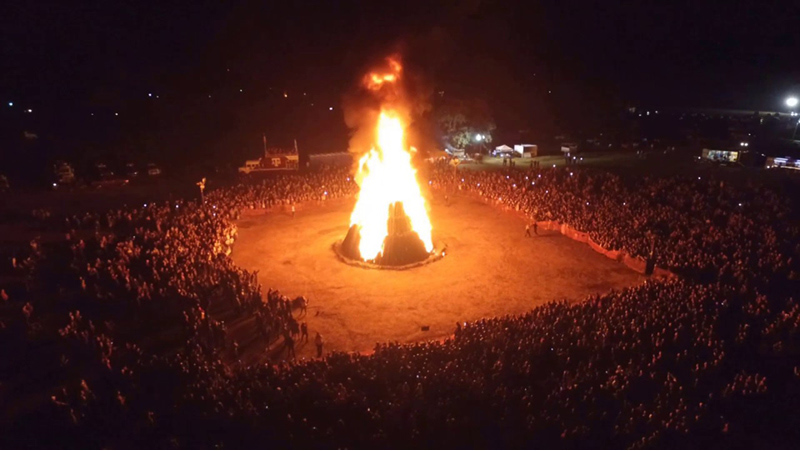 Some homecoming bonfires are better than other homecoming bonfires. This 2016 Texas A&M, Aggie Student Homecoming Bonfire is some homecoming bonfire.
Some homecoming bonfires are better than other homecoming bonfires. This 2016 Texas A&M, Aggie Student Homecoming Bonfire is some homecoming bonfire.


